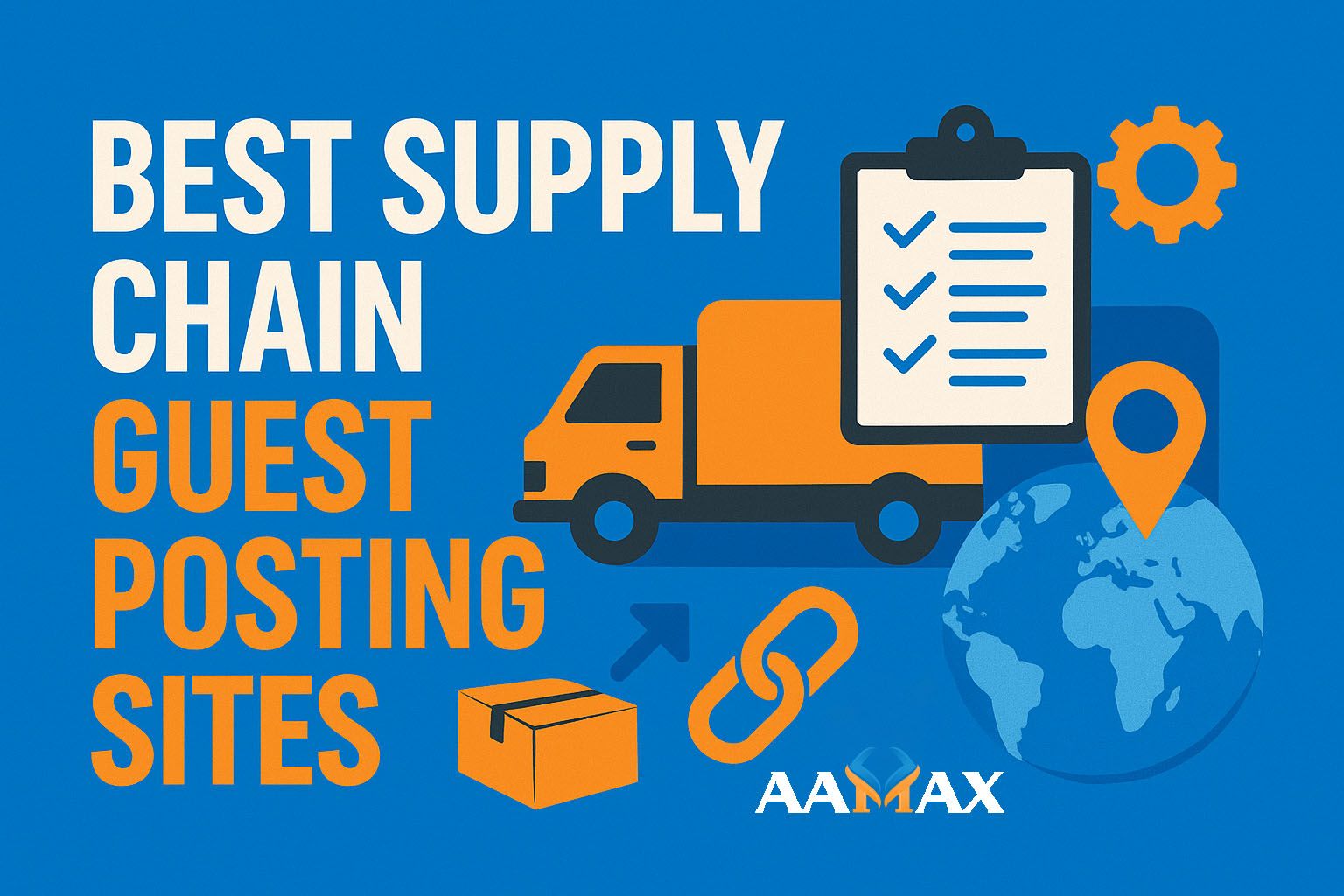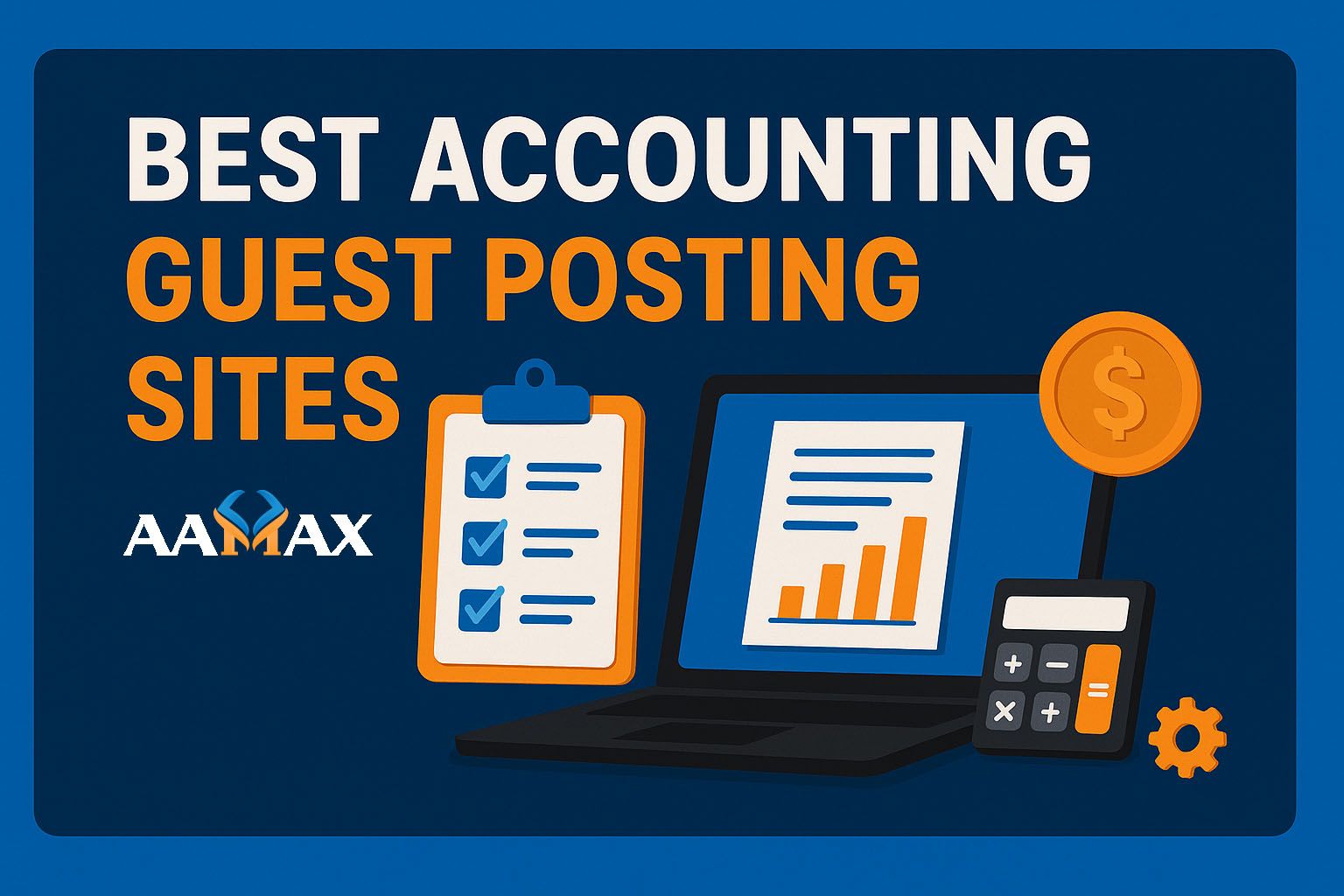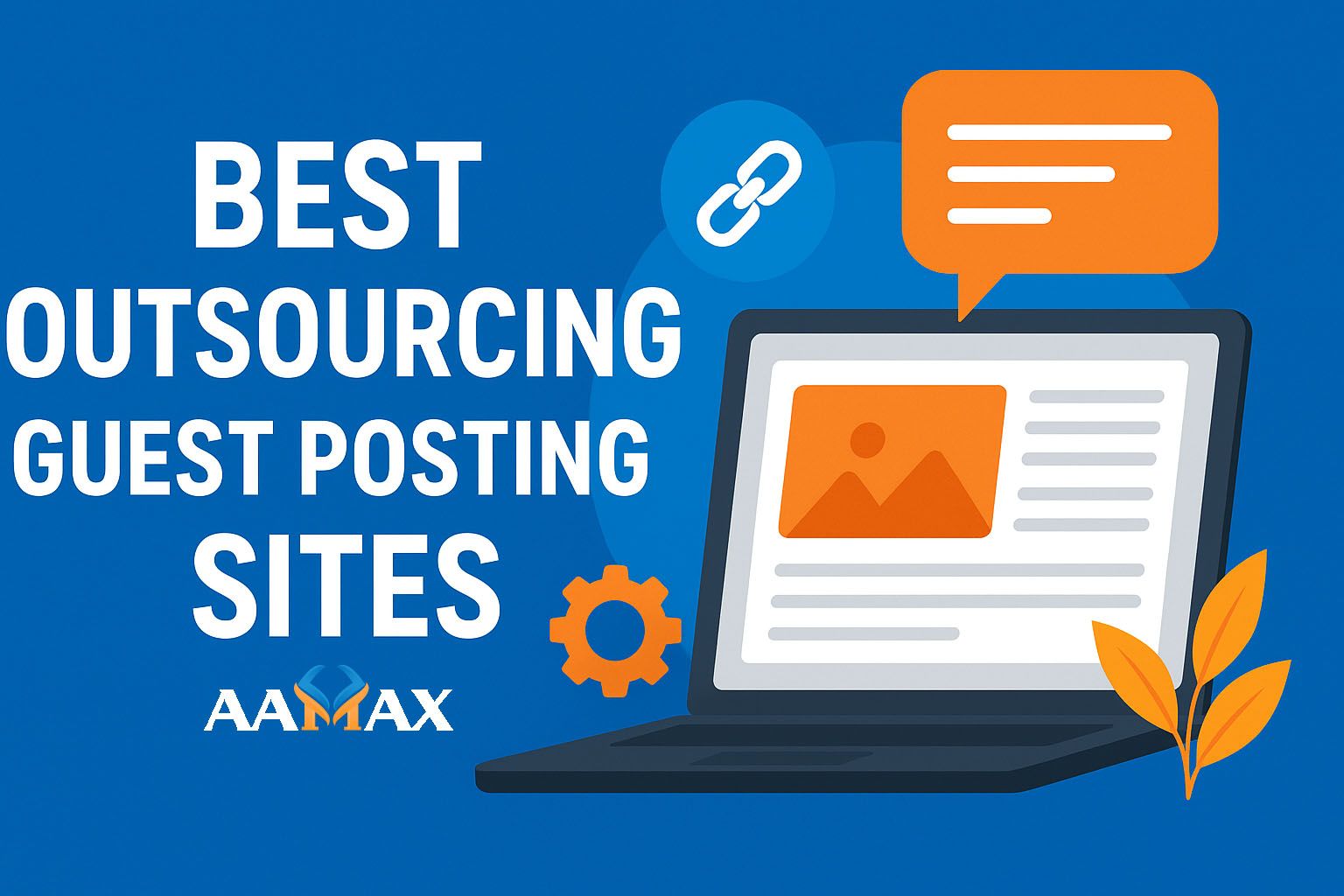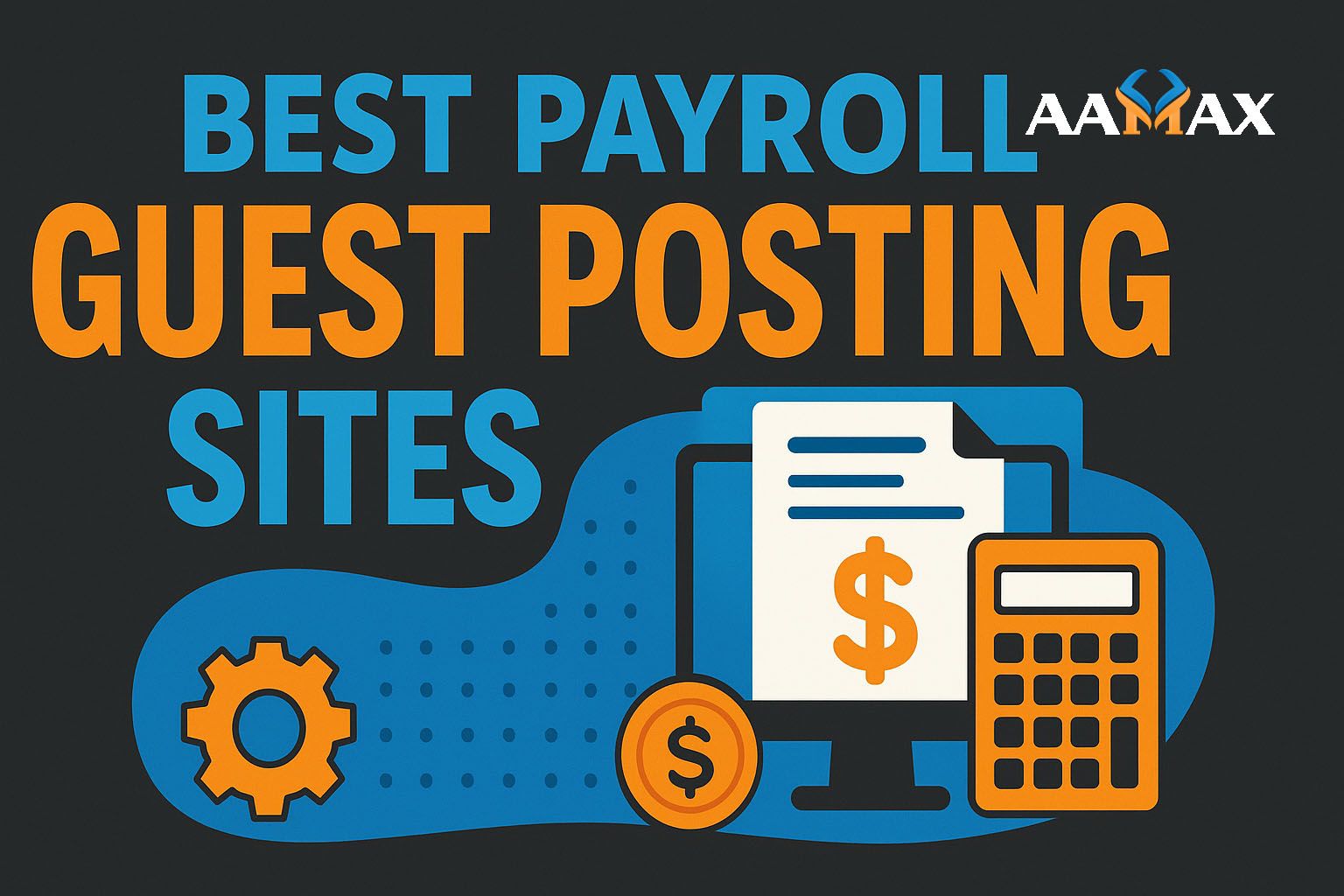
A Basic Look at Typography in Web Design
Content optimization is the cornerstone of digital visibility. While most marketers focus heavily on keywords, metadata, and backlinks (which are vital), one key element often gets overlooked: typography. Typography isn’t just about choosing a font—it’s about how your content is experienced by the reader. Poor typography can ruin good content, while strong typography elevates it.
This guide provides a holistic view of content optimization, integrating best practices with foundational knowledge of typography in web design. Whether you're a content writer, digital marketer, or business owner, this guide will show you how typography plays a crucial role in content effectiveness—and how to use it to your advantage.
What Is Content Optimization?
Content optimization refers to the process of making your digital content more attractive, engaging, and discoverable to users and search engines alike. This includes:
- Using relevant keywords naturally
- Structuring content for readability
- Optimizing images and alt texts
- Ensuring mobile responsiveness
- Improving page load speed
- Enhancing typography and layout
While each component matters, one subtle yet powerful element—typography—directly influences readability, UX, and even SEO metrics like bounce rate and time on page.
Why Typography Matters in Web Design and SEO
Typography is the art and technique of arranging type to make written language legible, readable, and appealing. It directly affects how users perceive and interact with your content.
A site with beautiful fonts but poor legibility fails. On the flip side, clear, clean, and consistent typography increases engagement, dwell time, and conversion rates.
Here’s how typography impacts search engine optimization and user behavior:
- Improves readability, reducing bounce rate
- Enhances user engagement, increasing dwell time
- Strengthens branding and content tone
- Supports responsive design across devices
- Helps accessibility, making content inclusive
Now let’s explore the critical aspects of typography you need to understand for optimal content performance.
1. Font Selection: Choose Wisely
Your font choice defines the first visual impression. Here’s how to get it right:
- Stick with web-safe fonts: Fonts like Arial, Helvetica, Georgia, and Verdana are widely supported and load fast.
- Use Google Fonts wisely: Open-source and web-optimized fonts like Roboto, Lato, and Open Sans offer more stylistic choices.
- Avoid overly decorative fonts: These reduce readability and distract from your content.
- Limit the number of fonts: Ideally, stick to 1–2 fonts (one for headings, one for body text) for visual harmony.
Pro tip: Consider your brand voice. A legal firm might prefer serif fonts (formal, trustworthy), while a tech startup might opt for sans-serif (modern, clean).
2. Font Size and Line Height: Make It Comfortable
Font size and line spacing significantly influence user comfort.
- Ideal font size for body text: 16px–18px on desktop, 14px+ on mobile.
- Line height: 1.5 to 1.8 times the font size for comfortable reading.
- Headings: Use relative sizing for headings to establish visual hierarchy.
Poor sizing forces users to squint or zoom, disrupting the reading flow and increasing exit rates.
3. Contrast and Color: Accessibility First
Text must stand out from the background. This isn’t just design—it’s an accessibility issue.
- Use high contrast between text and background (e.g., black on white or dark gray on light background).
- Avoid light gray on white or yellow on blue, which are hard to read for many.
- Use color intentionally to highlight, organize, or emphasize important content.
Accessible design improves usability for all users, including those with visual impairments.
4. White Space: The Silent Design Element
White space, also known as negative space, refers to the empty areas between elements.
Benefits of effective white space:
- Improves focus and reduces cognitive overload
- Increases content comprehension
- Helps guide the eye through the layout
Incorporate padding and margins around text blocks, images, and CTAs to create visual breathing room.
5. Text Alignment and Layout: Structure Matters
- Left-align body text: It’s easier to read than center-aligned paragraphs.
- Use headings (H1–H6) strategically to break content into digestible sections.
- Keep paragraphs short: 2–4 lines max for web readability.
- Use bullet points and numbered lists for scan-friendly formatting.
A well-structured layout boosts scannability and improves SEO by enhancing semantic meaning.
6. Responsive Typography: Mobile Optimization
With over half of web traffic coming from mobile devices, typography must be responsive.
- Use relative units (em, rem) instead of pixels for font size.
- Test on various screen sizes to ensure readability.
- Adjust line length and spacing for mobile screens.
Tools like media queries in CSS help ensure your typography scales properly across all devices.
7. Loading Speed and Typography
Typography can also impact page load speed, especially if you’re using multiple font files or custom web fonts.
- Limit font weights (e.g., use just regular and bold).
- Use WOFF2 format for fast loading.
- Preload fonts where possible to reduce render delays.
Faster pages mean better UX, lower bounce rates, and higher SEO rankings.
8. Typography and Branding: Cohesion Is Key
Typography should reflect your brand identity. Consistent font use builds recognition and trust.
- Use brand guidelines to define font choices, sizes, and spacing.
- Align typography across your website, email templates, ads, and social graphics.
Remember: consistency in typography enhances perceived professionalism.
9. SEO-Driven Content Structure with Typography
While typography itself isn’t a direct SEO factor, it plays a big role in how search engines and users interact with your content.
- Use proper heading tags (H1 for the title, H2 for major sections).
- Avoid keyword stuffing in headings; keep them natural and informative.
- Use schema markup and structured data where appropriate.
Clear typography and structure help Google understand content hierarchy and relevance.
10. Tools for Testing and Improving Typography
Several tools help you test, improve, and fine-tune your site’s typography:
- Google Fonts – Explore and integrate web-optimized fonts
- Type Scale – Visualize harmonious font sizing and scale
- Fontjoy – Generate font pairings using AI
- Lighthouse (via Chrome DevTools) – Evaluate accessibility and contrast
- WebAIM Contrast Checker – Test color contrast ratios for readability
Incorporate these tools in your design workflow for better typography results.
Content Optimization: Beyond Just Typography
While typography is central to content optimization, don’t neglect other on-page SEO elements:
- Title Tags & Meta Descriptions: Craft compelling and keyword-rich titles and summaries.
- Alt Text for Images: Improve accessibility and SEO visibility.
- Internal Linking: Guide users and bots through related content.
- Content Freshness: Keep your content updated and relevant.
- CTAs (Calls to Action): Place clear, visually distinct CTAs that drive conversions.
Together with typography, these elements create a seamless, effective content experience.
Final Thoughts: Marrying Design and Content Strategy
Content optimization isn’t just about stuffing keywords or writing lengthy posts. It’s about crafting an intentional experience—one that blends visual appeal, functionality, and strategic structure. Typography, though often underappreciated, serves as the bridge between your message and your audience.
A well-optimized page with poor typography will struggle to retain users. But with the right balance of content structure, visual hierarchy, and readability, you can captivate your audience, improve SEO, and achieve your marketing goals.
Need Help with Typography and Content Optimization?
If you’re unsure where to start or simply want expert support in improving your website’s performance, consider hiring professionals. AAMAX is a full-service digital marketing company offering web development, SEO services, and content optimization. Their team understands the deep relationship between content structure, typography, SEO, and user experience—and they deliver real results.







